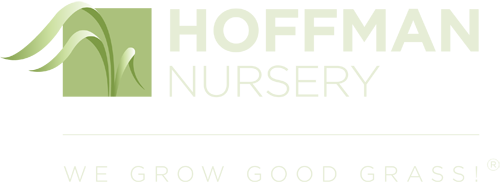Quick Look
We grow one species of Schizachyrium, the North American native Schizachyrium scoparium, commonly known as Little Bluestem. It has high ecological value and low maintenance needs. It’s easy-care, unfussy, and beautiful. That's part of why the Perennial Plant Association (PPA) named Schizachyrium scoparium and cultivars the 2022 Perennial Plant of the Year®. You can read more about its selection in our blog post.
The foliage of Little Bluestem adds a kaleidoscope of pastel colors in summer and coppery tones in fall. It's a mostly upright bunch grass, with basal foliage emerging in mid- to late spring. Flowering culms rise above the leaves in mid- to late summer to produce intricate blooms that become translucent and showy in fall. Little Bluestem is quite hardy, extending from Zones 3-9.
Schizachyrium is tough and adaptable, tolerant of a range of moisture conditions from average to nearly arid. It is able to grow on both acidic and alkaline soils. They establish quickly on disturbed soils—perfect for banks, slopes, and restorations. They also shine in meadows, prairies, and mixed plantings. It gives food, shelter, and nesting material to wildlife and attracts birds and pollinators.
Little Bluestem requires nearly full sun for upright growth and looks best when cut back in late winter or early spring, allowing new leaf blades to fill in. Shade, excess fertility, and too much moisture will all contribute to lax, floppy growth. For those who want a tidier look, newer cultivars like 'Standing Ovation' have been selected to stay upright even under these flop-prone conditions. For a fresh look and beautiful style, try Little Bluestem in a decorative container.
To help choose the best cultivars for your needs, download our Little Bluestem Comparison Chart. For a fun take on this natural beauty, check out our Little Bluestem infographic.




